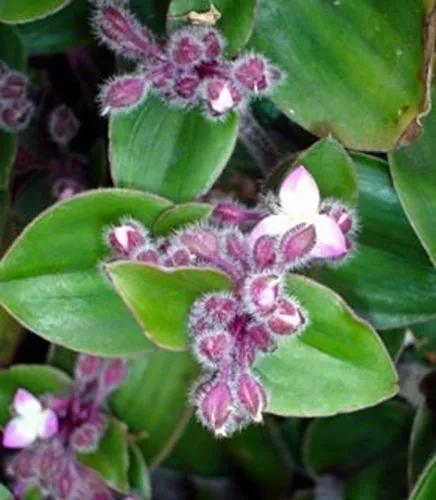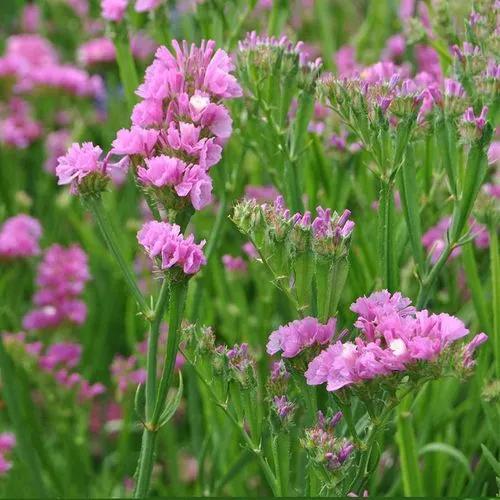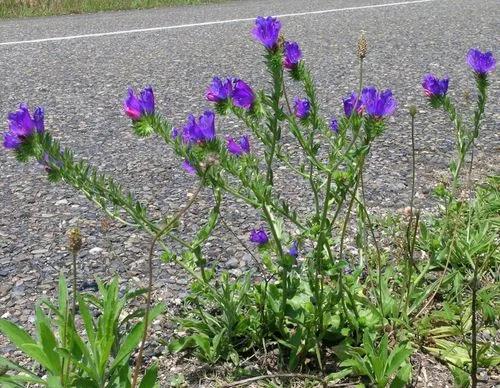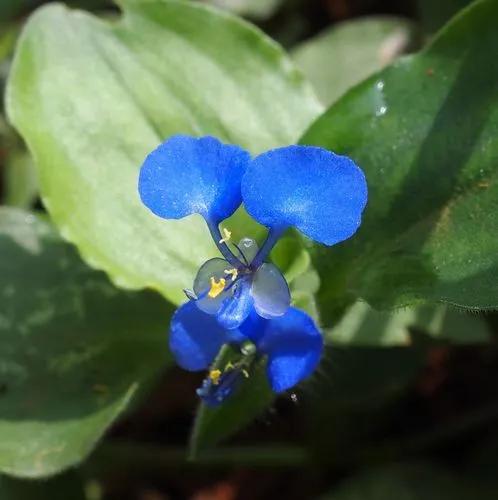Onopordum acanthium (cotton thistle, Scotch (or Scottish) thistle) is a flowering plant in the family Asteraceae. It is native to Europe and Western Asia from the Iberian Peninsula east to Kazakhstan, and north to central Scandinavia, and widely naturalised elsewhere, with especially large populations present in the United States and Australia. It is a vigorous biennial plant with coarse, spiny leaves and conspicuous spiny-winged stems.
Cotton Thistle, Scotch Thistle Care
Onopordum acanthium



It is a biennial plant, producing a large rosette of spiny leaves the first year. The plants typically germinate in the autumn after the first rains and exist as rosettes throughout the first year, forming a stout, fleshy taproot that may extend down 30 cm or more for a food reserve.
In the second year, the plant can grow to as much as 3 m tall with a width of up to 1.5 m. The leaves are 10–50 cm wide, alternate, spiny, and often covered with white woolly hairs with the lower surface more densely covered than the upper. The leaves are deeply lobed with long, stiff spines along the margins. Fine hairs give the plant a greyish appearance. The massive main stem may be 10 cm wide at the base and branched in the upper part. Each stem has a vertical row of broad, spiny wings (conspicuous ribbon-like leafy material), typically 2–3 cm wide, extending to the base of the flower head.
The flowers are globe shaped, 2–6 cm in diameter, from dark pink to lavender, and are produced in the summer. The flower buds form first at the tip of the stem and later at the tip of the axillary branches. They appear singly or in groups of two or three on branch tips. The plants are androgynous, with both pistil and stamens, and sit above numerous, long, stiff, spine-tipped bracts, all pointing outwards, the lower ones wider apart and pointing downwards. After flowering, the ovary starts swelling and forms about 8,400 to 40,000 seeds per plant.
This plant is useful.
This plant might be poisonous
How to get rid of: Mechanical Small infestations may be physically removed or cut a few centimetres below the soil surface ensuring that no leaves remain attached to prevent regrowth. Mowing during early flowering will not kill the plant but will reduce seed production. Repeated treatments may be required because populations typically exhibit a wide range of developmental stages among individual plants. Slashing should be done prior to flowering since seed may mature in the seed head after cutting. Plants should not be mowed following seed set, as this increases chances for seed dispersal.
Chemical Because of their shorter life cycle, cotton thistle plants can be effectively treated with herbicides. All herbicide treatments should be applied at the rosette stage of the plant. Generally, herbicide applications would be in early spring or autumn. One of the primary difficulties in chemical control of cotton thistles is their ability to germinate nearly year round. From autumn to spring a range of plant sizes can be found which may result in variable success from chemical control. Herbicides are very effective on seedlings and young rosettes, but control becomes more variable with increasing plant age. Onopordum spp. seeds may persist for several years in the soil. Buried seed may persist for up to twenty years, and reinfestation is likely without yearly management. Therefore, several years of re-treatment may be necessary. Picloram, dicamba, 2,4-D, dicamba + 2,4,-D, and metsulfuron are effective for controlling cotton thistle. Clopyralid is more selective for controlling plants in the family Asteraceae, but will also injure or kill legumes.
Biological There are no biological control agents that have been specifically released for cotton thistle control in the United States. A thistle head weevil Rhinocyllus conicus that feeds on Carduus pycnocephalus has also been shown to feed on cotton thistle. This insect was the object of imprudent biological control introduction, and it became an invasive species that has threatened endangered native thistles in North America (Strong 1997). Establishment of this thistle head weevil as a biological control agent for cotton thistle has been unsuccessful in the Pacific Northwest. A thistle crown weevil (Trichosirocalus horridus) that feeds on musk, bull, plumeless, Italian, and creeping thistles will also feed on cotton thistle. In Australia, this insect has been shown to kill cotton thistle rosettes. The related Trichosirocalus briese is also being tested as a control agent.[30] The Australian painted lady butterfly has been known to use this invasive species as a host plant, but the larvae do not do enough damage to the plant for this butterfly to be used as biological control agent.
How to Care for the Plant

Popularity

196 people already have this plant 45 people have added this plant to their wishlists
Discover more plants with the list below
Popular articles






